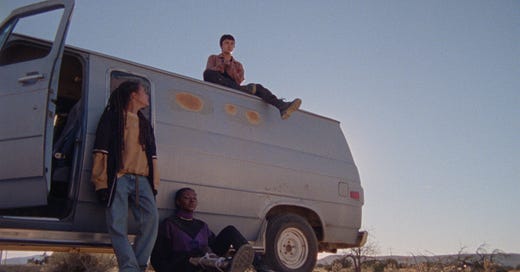'How to Blow Up a Pipeline' Review: When Speeches and Protests Aren't Enough Anymore
Director Daniel Goldhaber knocks it out the park with his explosive new film
Have you turned on the TV, read the news, or even talked with relatives lately? Climate change is “the” hot-button and frequent conversation topic. Some even question whether or not it’s a problem (it is), and there are those who make it their mission in life to make a change. In director Daniel Goldhaber’s fictional adapt…
Keep reading with a 7-day free trial
Subscribe to It's the Pictures to keep reading this post and get 7 days of free access to the full post archives.




